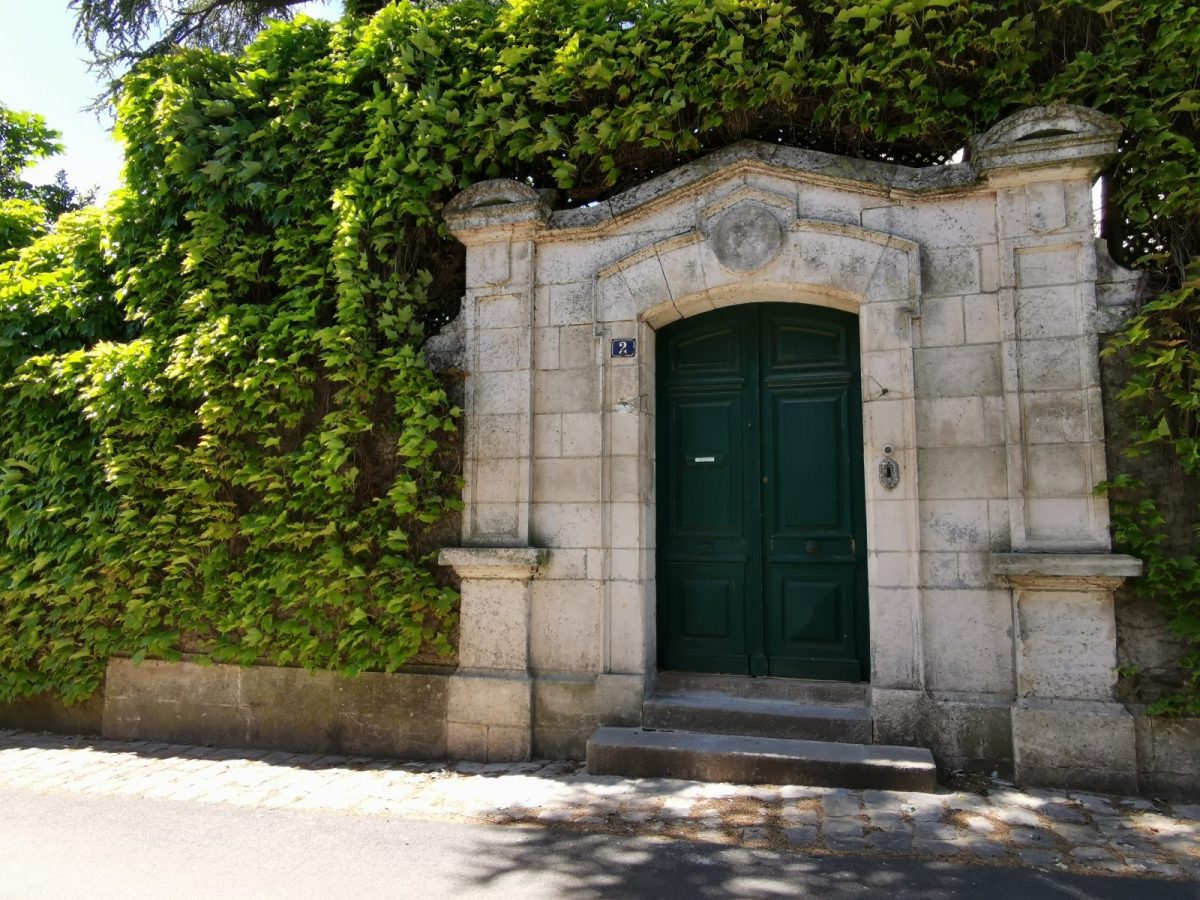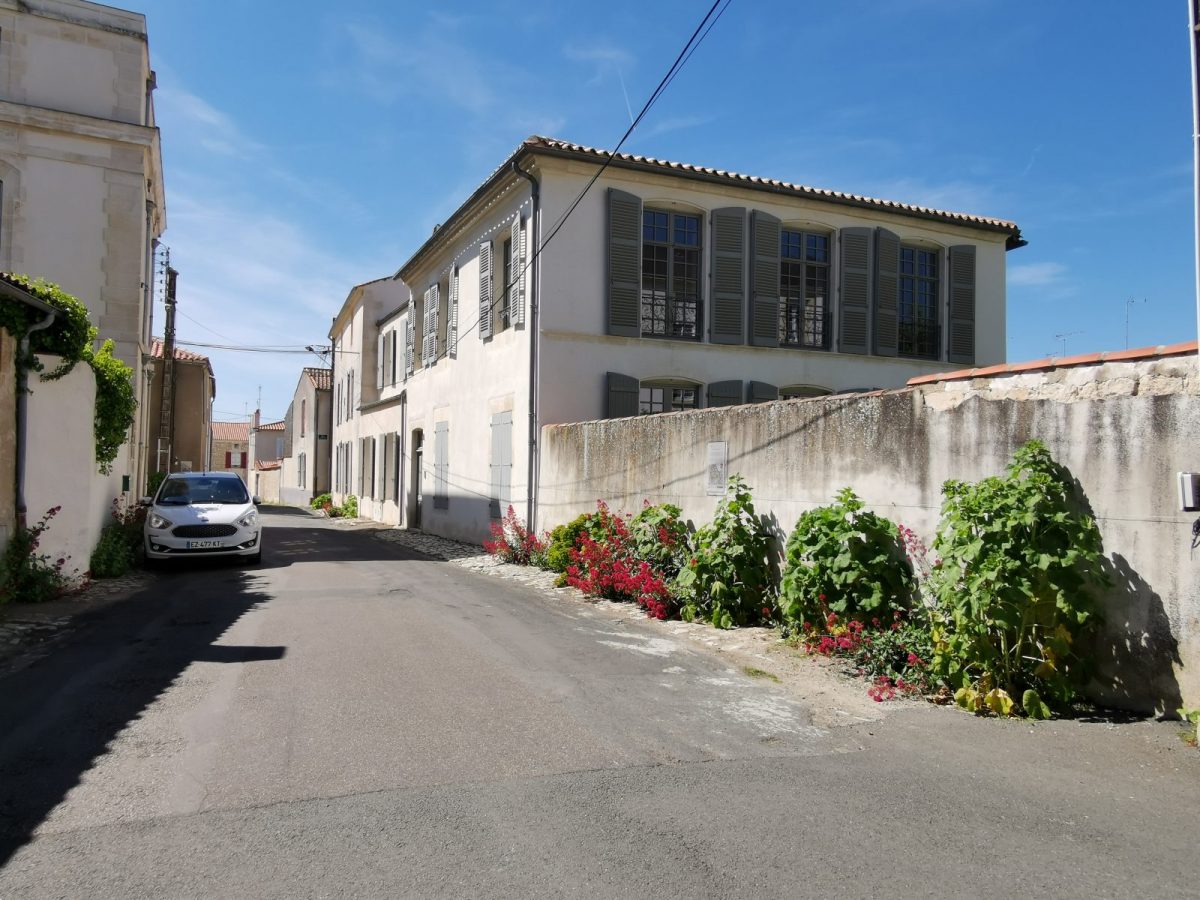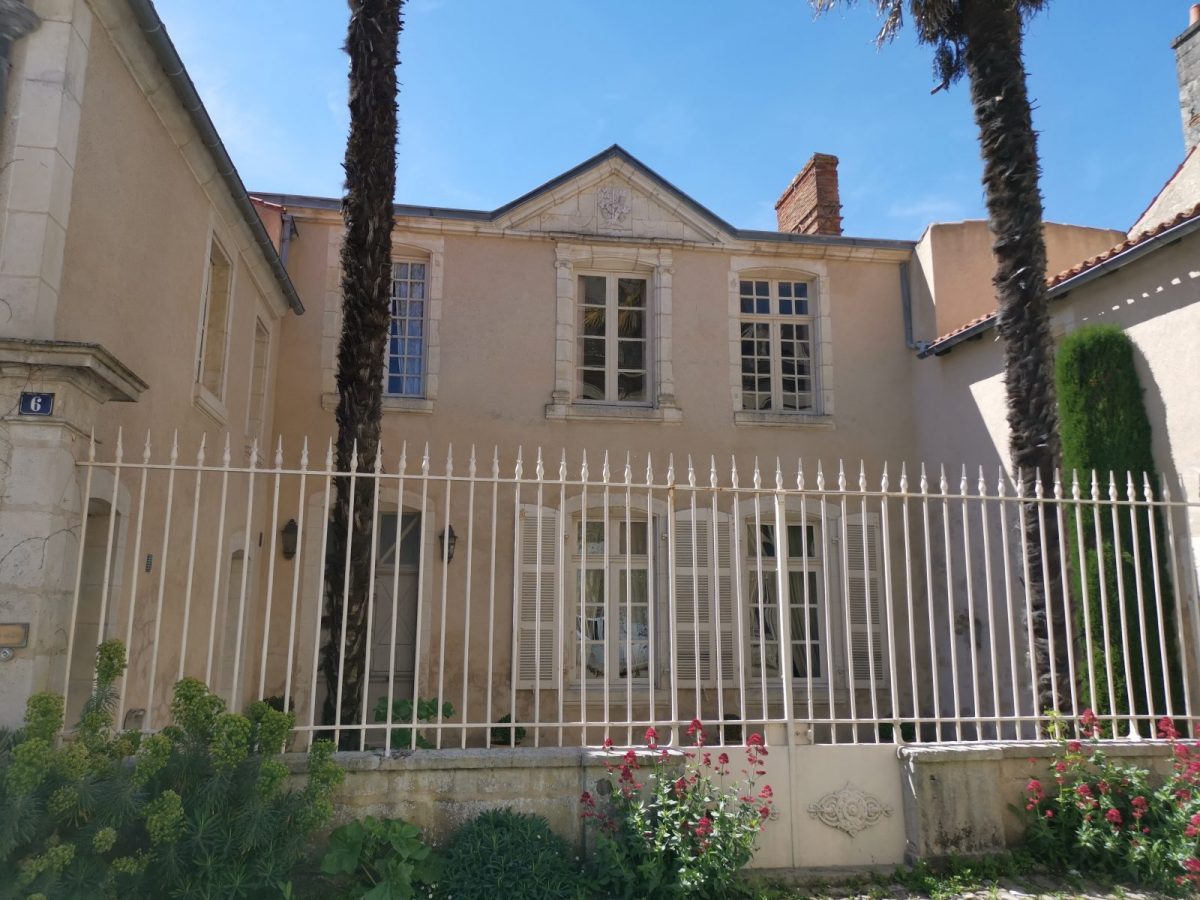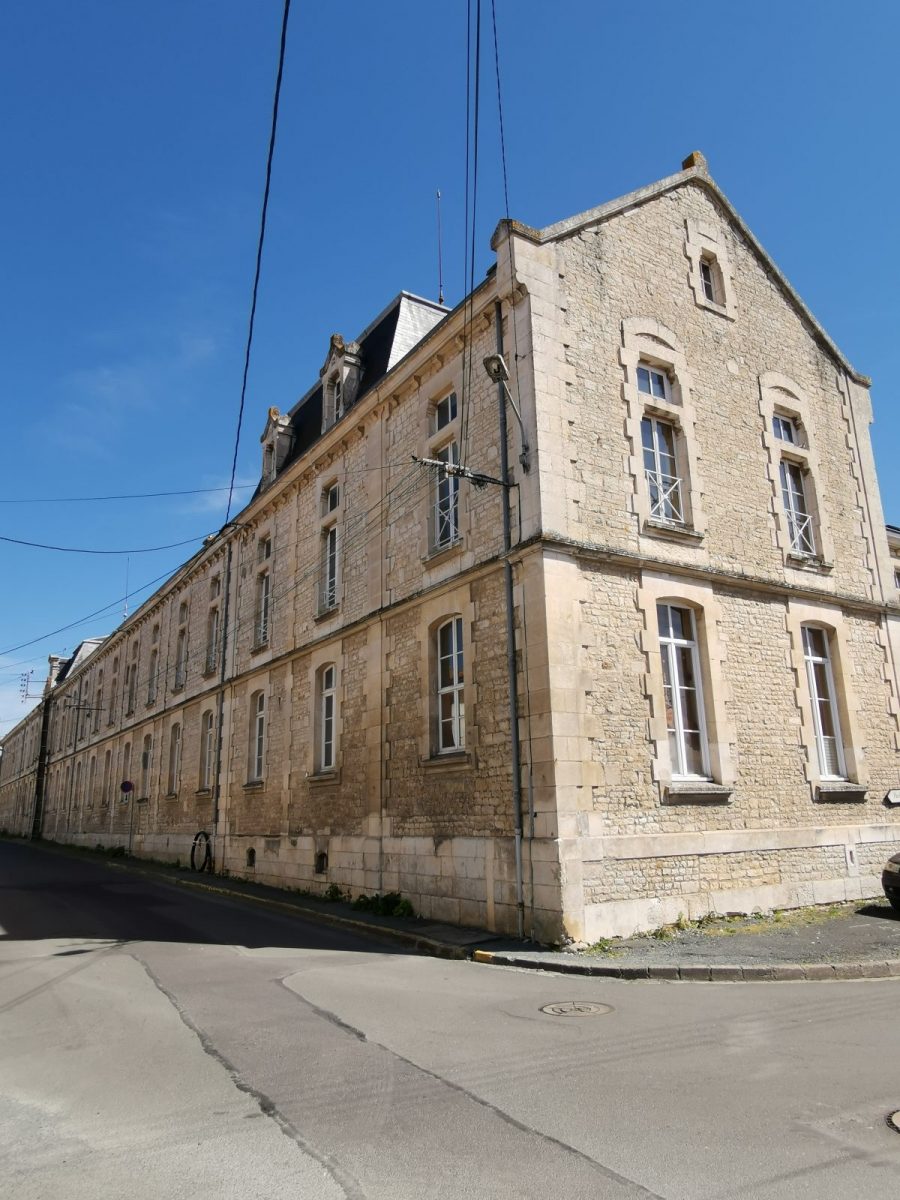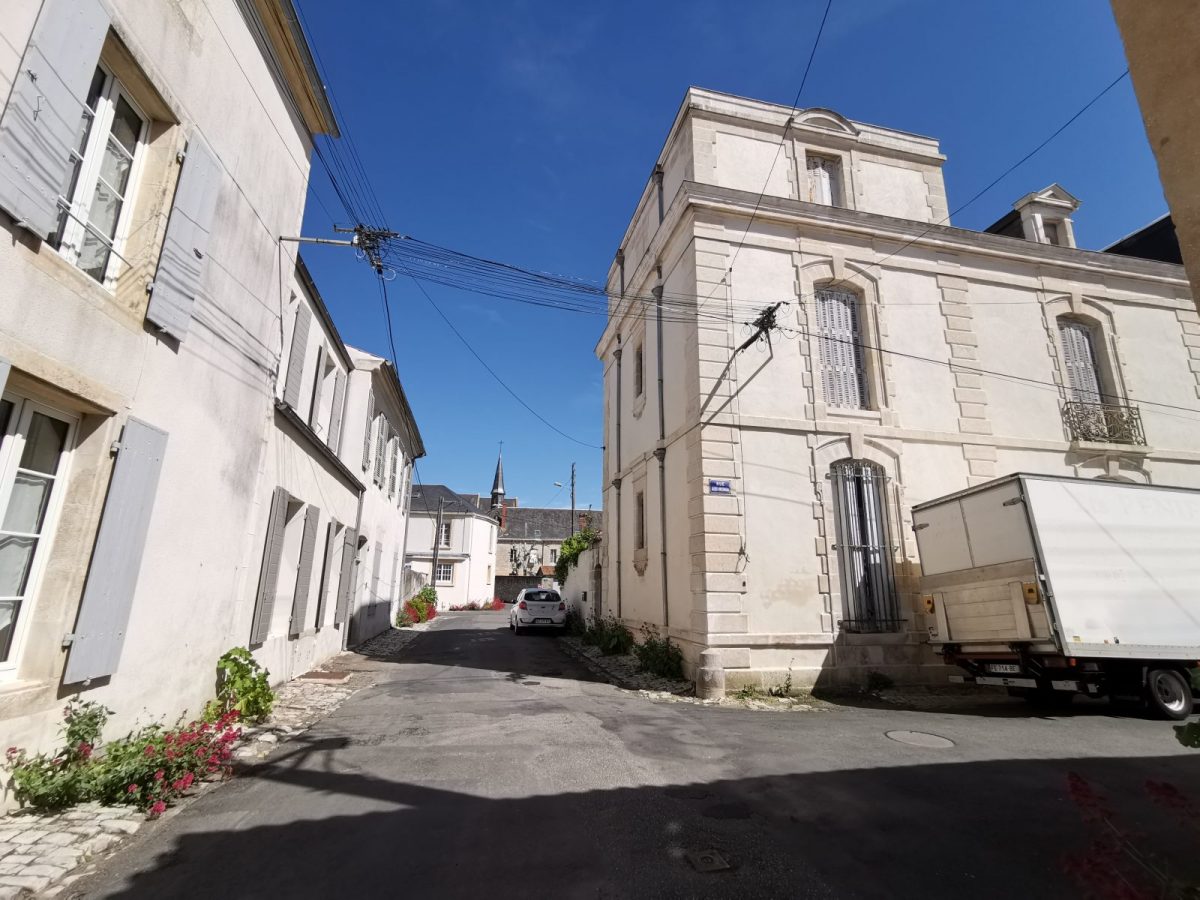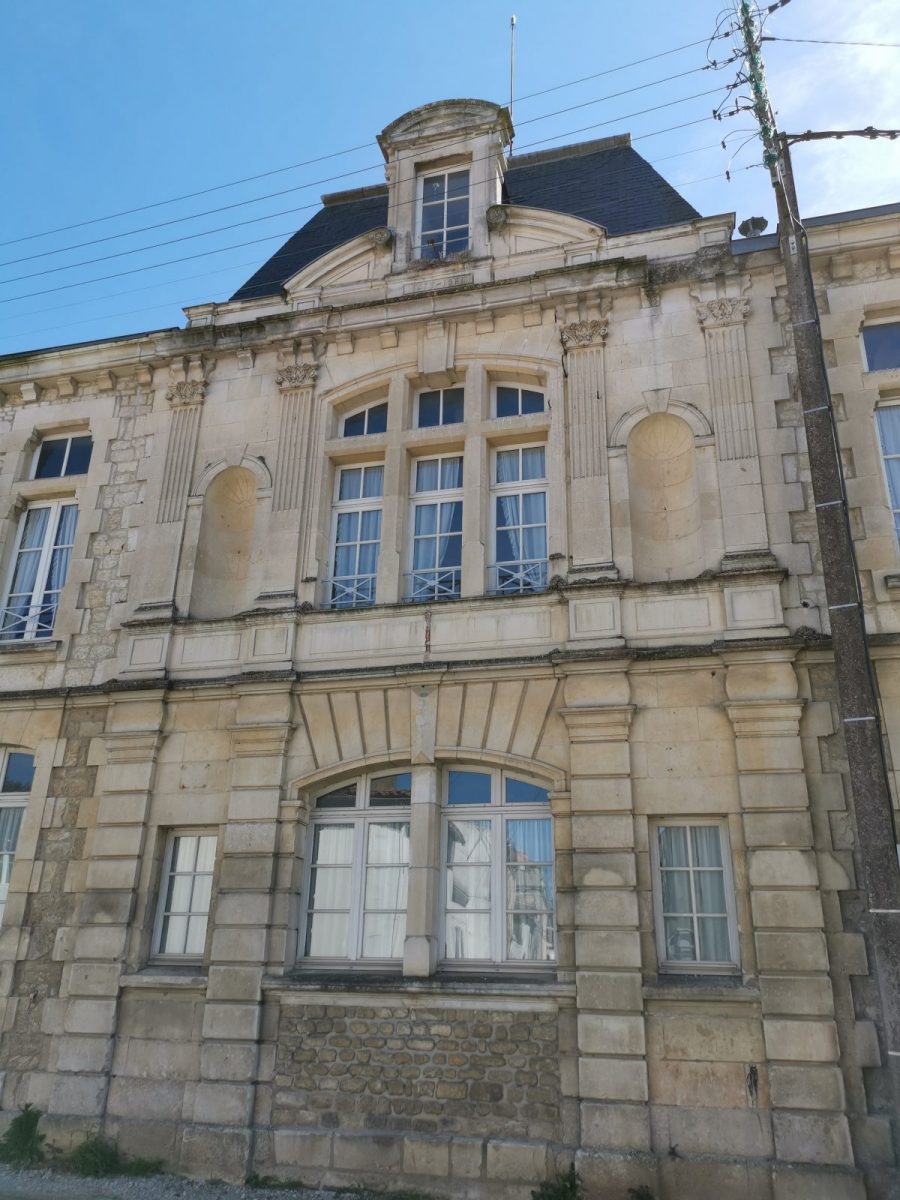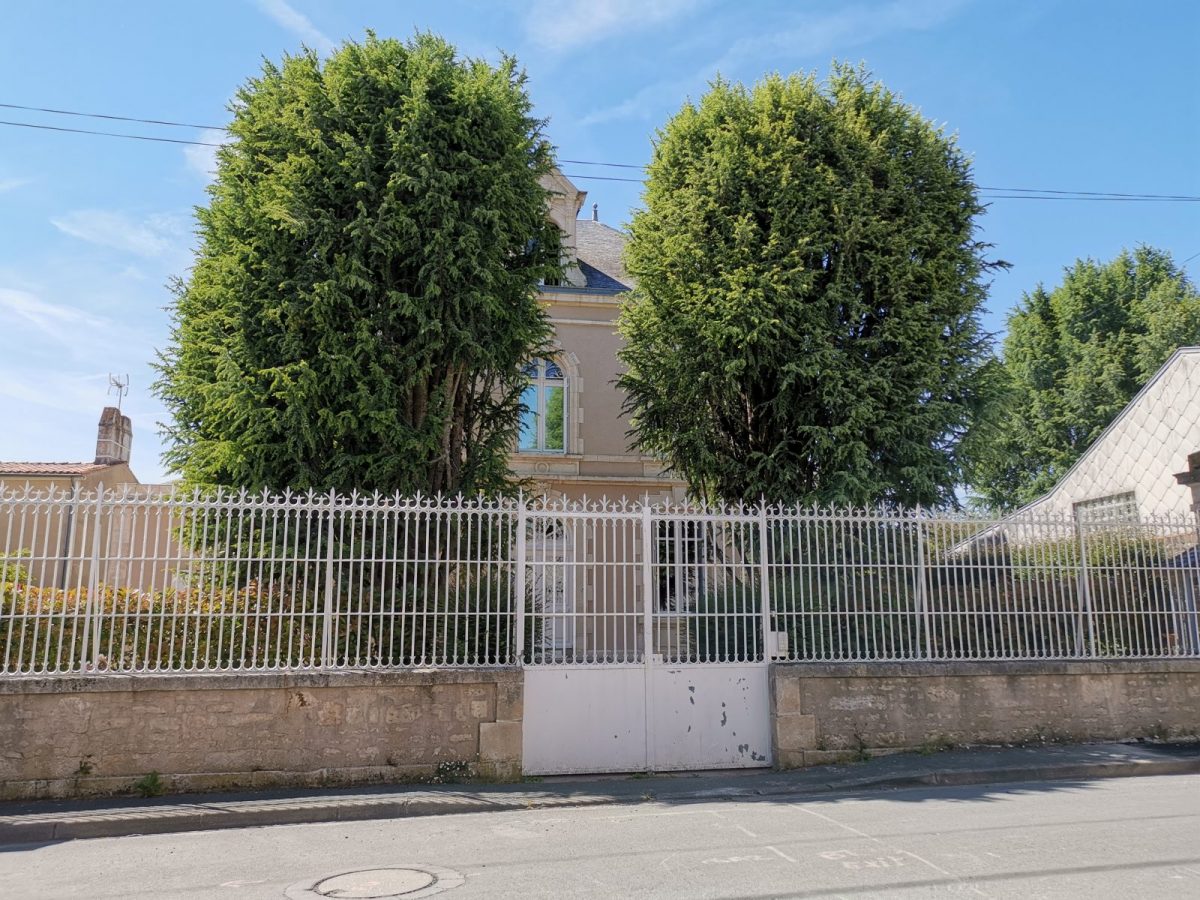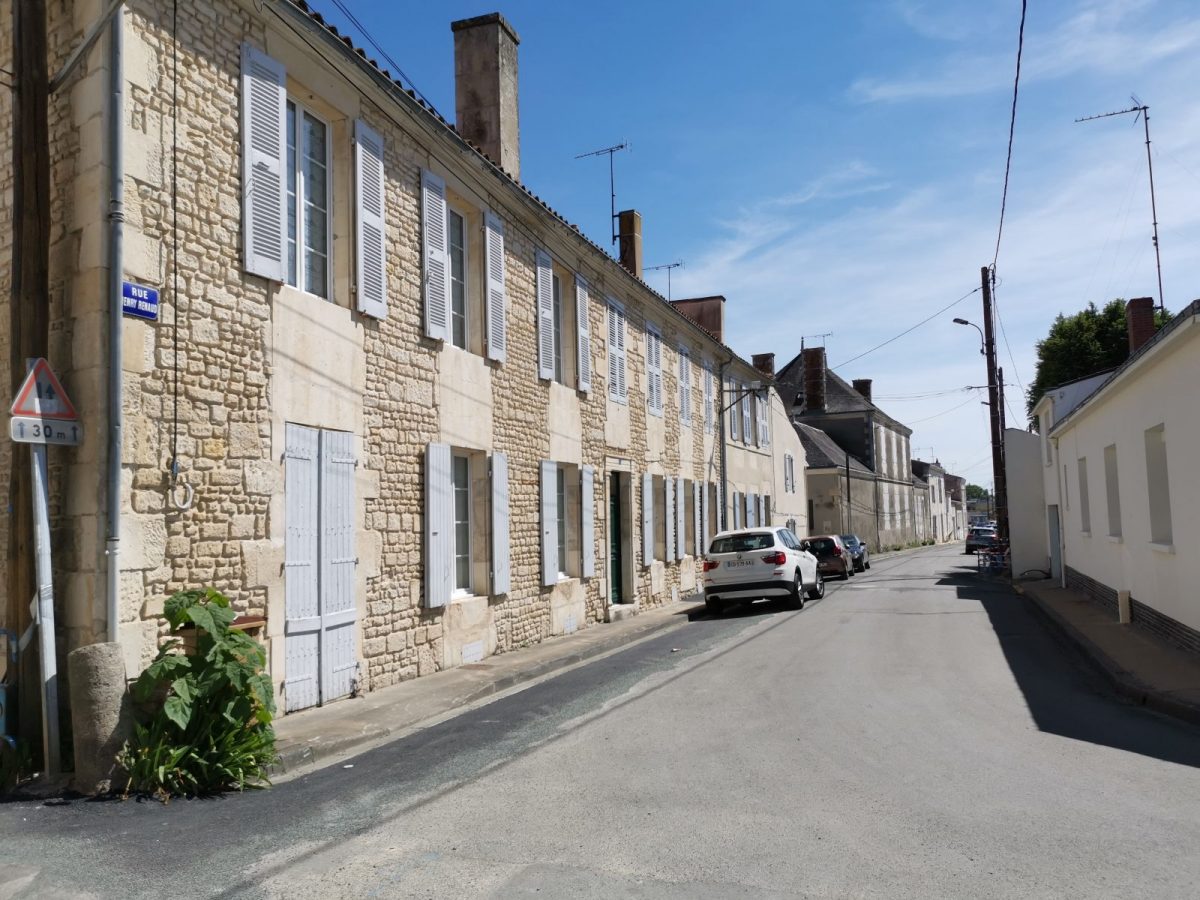Historic district Bourgneuf de Luçon
Description
It stretches from the cathedral to the hospital. Aristocrats, craftsmen and members of the chapter lived here in the 17th, 18th and 19th centuries. Marked by the presence of notables and clerics, the district retains many traces of this rich past. Private mansions, carriage entrance gates, etc. bear witness to this.
Between the former Place Belle-Croix, now Place Leclerc, and the Hospital, the Bourgneuf district will astonish you with its numerous mansions and Poitevin houses. Take a stroll through its streets and discover three centuries of built heritage. Nobles, canons and craftsmen lived here in the 17, 18 and 19ᵉ centuries. They and those around them left their mark on these places.
Rue Mille-souris: Emblematic of the street and on its eastern bank, the Château de Millesouris most likely takes its distinctive name from a vanished parish (Milesoris) in the north of the former diocese of Maillezais. Known since the 17th century, it was initially the urban property of noble families. In the 1920s, the Missionaries of the Plain, who currently occupy the building, added the Sainte Thérèse chapel with its stained glass windows by Mazetier.
On the west bank, there is a 19th-century town house and a canon's house.
Rue du Grand Carmel: This winding street in a way compresses the Château de Millesouris, separating it from the present-day Carmel.
It owes its name to an establishment owned in the 17ᵉ century by the Grands Carmes de la Flocellière. Like the whole district, it was marked by the presence of clerical and noble houses and by the fame of some of its inhabitants.
Rue de l'Union chrétienne: This long, winding street runs west to east from the Aumônerie to rue du Murier, crossing the entire Bourgneuf district. It takes its name from the monastery of the Christian Union (1689-1790), an educational establishment for girls, replaced after a number of ups and downs by the current Carmelite convent, founded in 1847. Several private mansions have their own carriage exits. The narrowness of certain sections of the route adds to its charm, as you take a break that evokes Tuscany.
Rue du Port: This street used to lead to the port when the town was in contact with the neighbouring shores of the Ile de Ré and La Rochelle via the canal. Today, it gives access to the marshes.
Rue de l'hôpital: Bordered by the health establishment established by Louis XIV and the Madeleine chapel, this street linked the asylum to the rue du port.
Rue Hector Neullier: Over the course of history, the old street leading to the hospital, then known as the petite rue de l'hôpital, grew in width and undoubtedly in renown, bordered by the Carmelite estate, with its private mansions and the neighbouring Château de Millesouris. It bears the name of a benefactor of the hospital
grandson of a surgeon in Napoleon's armies, Hector Neullier.
Rue Alexis Vinconneau: Formerly part of the Bourgneuf district, this street is home to several private mansions. It was the site of the hospital cemetery, which was disused in 1790. Previously known as Rue du Petit Bourgneuf, in the 19ᵉ century it was named after a benefactor of the hospital.
Rue Henry Renaud: This long, ancient street ends its declivity on the edge of the marsh. Since at least the 15th century, it has been marked by
the vicinity of charitable establishments (almshouse, then hospitals, orphanage). Known as rue du Grand Bourgneuf or rue Sainte Marguerite due to the presence of a homonymous chapel that no longer exists, in the 19ᵉ century it was named after a benefactor of the town, Henry Renaud. There are a number of canonical and noble houses that contribute to the atmosphere of the whole.
Rue du petit pavé: Its unexplained name has been attested to since the 18ᵉ century. Some imagine that the use of smaller cobblestones for its paving is the origin. A few old houses can be seen among them two 18ᵉ century mansions.
Rue des Chanoines: Rue des Chanoines, formerly Rue du Cloître, takes its name from the enclos canonial or enclosure of which it is the western boundary.
The canons' enclosure, adjoining the cathedral-bishopric complex, was home to the first canons' urban houses after the secularisation of the cathedral chapter in 1469. Three of these still line the street of the same name.
Rue des deux frères: This street, established in the mid-19ᵉ century, is named after the two brothers of a family of architects and master builders, the Ballereau family, who have been influential in Luçon and throughout the Vendée since the 18ᵉ century.
Ruelle Sainte Marguerite: A short alleyway recently widened, it links rue Henry Renaud (formerly Sainte Marguerite) to boulevard de
de l'Aumônerie. In the 19ᵉ century it was known as chemin du Ribon.
Petite rue Sainte Marguerite: Initially a simple cul-de-sac, referred to as the carrefour Sainte Marguerite, it gained its individuality through its connection to the rue de l'Union chrétienne in the 18ᵉ century.
- Groups accepted
- Types : historic site and monument
Languages
- French
Location
Visit
- Information board languages : French
Individual
Groups
Comfort / services
Prices / opening times
Free
Opening
Open all year round

